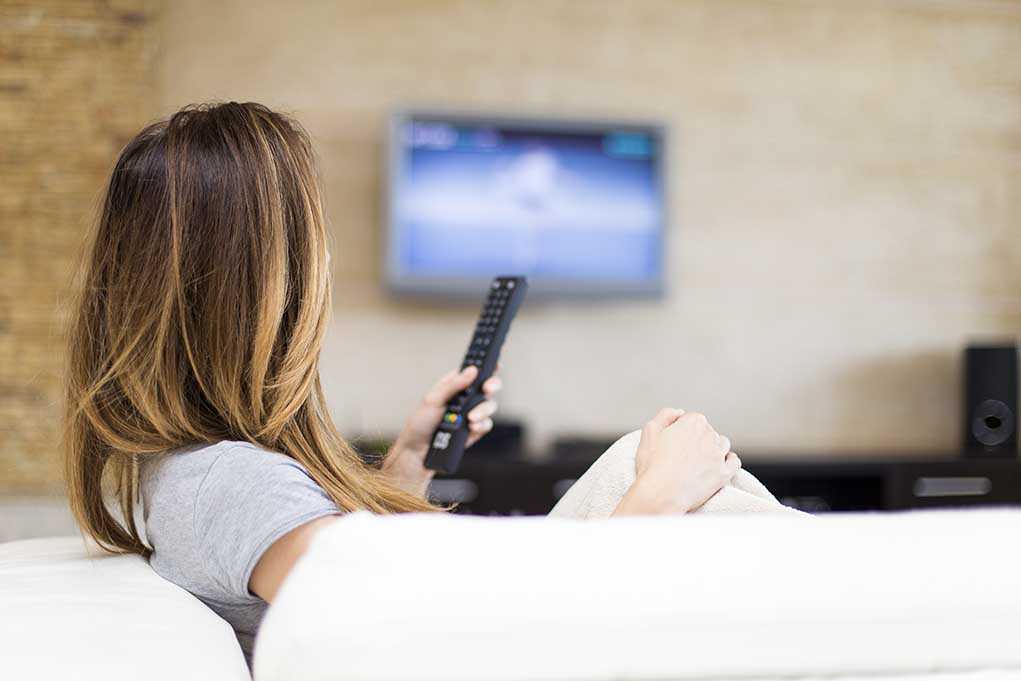
Imagine saving enough money by ditching cable to fund a year’s worth of delightful guilty pleasures, all while watching your favorite shows—yes, this is actually possible!
At a Glance
- Average cable bills have skyrocketed over $200/month.
- Streaming services offer cheaper, flexible viewing options.
- HD antennas bring free access to local channels.
- Internet speed is crucial for a seamless streaming experience.
The Cable Conundrum and Solutions
Cable television was once the crown jewel of home entertainment, but like bell-bottoms and disco music, it’s becoming a relic of the past. With average U.S. cable bills soaring past $200 a month, many are asking themselves if they’d rather binge-watch or budget. Enter streaming services—Netflix, Hulu, and their friends—flashing their irresistible menus of on-demand content at more affordable prices. Why pay for 200 channels when you only watch five?
Technological advances in streaming devices and broadband access have democratized entertainment. Once upon a time, setting up a streaming device was like solving a Rubik’s cube blindfolded, but now devices like Roku, Fire Stick, and Chromecast make it as easy as pie. These innovations, combined with the pandemic’s push toward digital flexibility, have empowered viewers to cut the cord in droves.
Streaming Services: The New Frontier
Streaming services are not just add-ons to your TV setup; they’re full-fledged replacements. Disney+, Hulu, ESPN+—these bundles mimic the convenience of cable but at a fraction of the cost. As the streaming landscape expanded, content gaps, once a barrier to cord-cutting, have shrunk dramatically. Live sports, local news, and blockbuster movies? Check, check, and check.
Regulation hasn’t kept cable prices in check, but streaming services have. With free options like Pluto TV, Tubi, and The Roku Channel, you can even feast on a smorgasbord of ad-supported content for zero dollars. And if you’re nostalgic for the times when TV antennas were all the rage, HD antennas offer a blast from the past with free access to local channels.
Making the Switch Seamless
Switching from cable to streaming isn’t without its challenges, especially for seniors and those less tech-savvy. There’s a learning curve, but it’s manageable. Resources and guides have improved, making the transition smoother. The key is to first assess your viewing habits—what do you actually watch? Then, shop around for the best internet-only deals and negotiate like you’re haggling at a flea market for loyalty discounts.
Internet speed is non-negotiable; experts recommend at least 25 Mbps for smooth streaming. If your provider’s giving you dial-up vibes, it’s time to have a chat or jump ship. Remember, the best deals are often hidden; it’s a treasure hunt worth the effort.
Future of Entertainment
The cord-cutting revolution is in full swing, with millions of households embracing the change. While cable companies wrestle with subscriber losses, the streaming market is booming, prompting mergers and partnerships. However, as streaming services proliferate, managing multiple subscriptions can be as daunting as herding cats. This has led to ‘subscription fatigue,’ but fear not, bundles are here to save the day.
The shift also highlights a digital divide—households without reliable broadband might be left behind. Yet, efforts to expand access are underway. Ultimately, this is an era of choice and flexibility, and with a bit of savvy, you can build your dream TV setup without breaking the bank.
Sources:
https://www.youtube.com/watch?v=sKjmcYX6SZc


















